Rohit Kumar Sachan
DNS based In-Browser Cryptojacking Detection
May 10, 2022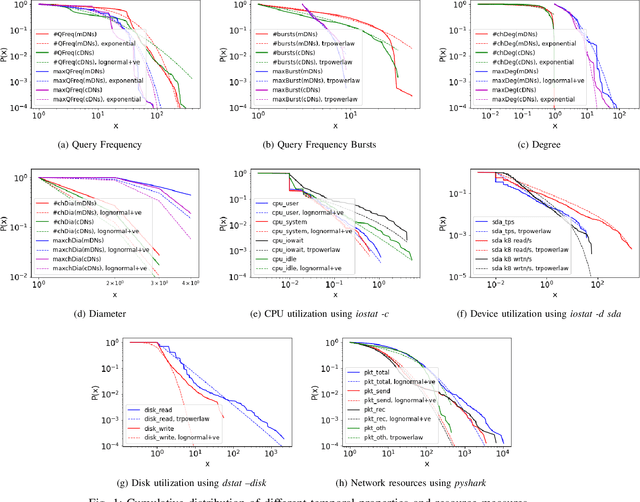
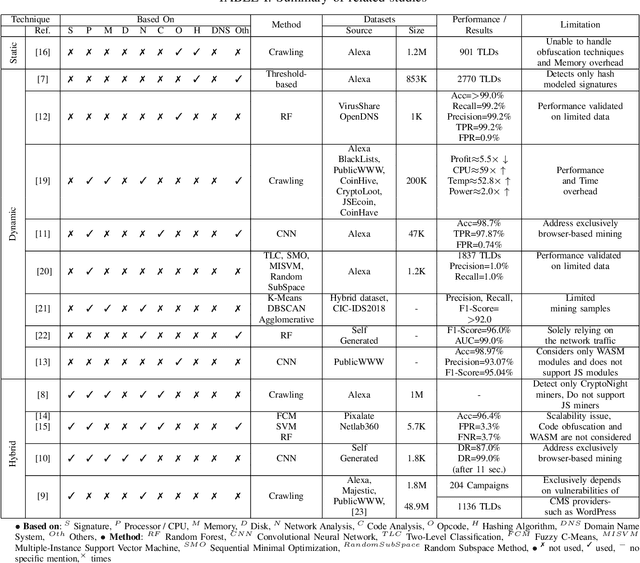
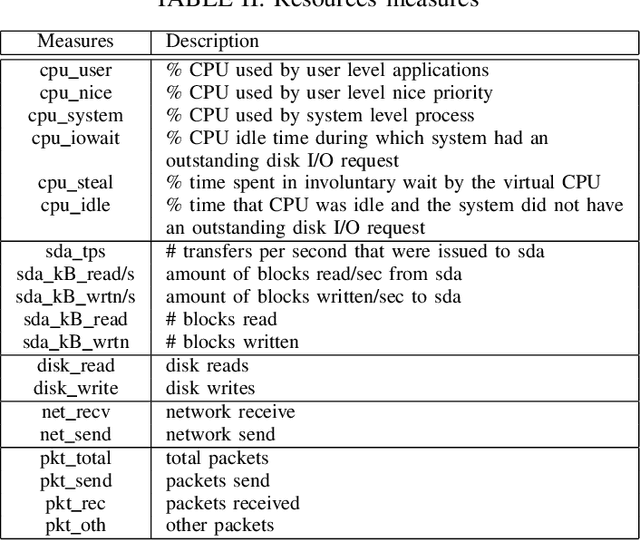
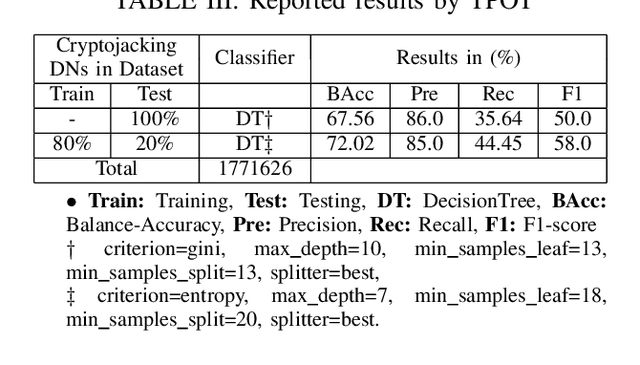
Abstract:The metadata aspect of Domain Names (DNs) enables us to perform a behavioral study of DNs and detect if a DN is involved in in-browser cryptojacking. Thus, we are motivated to study different temporal and behavioral aspects of DNs involved in cryptojacking. We use temporal features such as query frequency and query burst along with graph-based features such as degree and diameter, and non-temporal features such as the string-based to detect if a DNs is suspect to be involved in the in-browser cryptojacking. Then, we use them to train the Machine Learning (ML) algorithms over different temporal granularities such as 2 hours datasets and complete dataset. Our results show DecisionTrees classifier performs the best with 59.5% Recall on cryptojacked DN, while for unsupervised learning, K-Means with K=2 perform the best. Similarity analysis of the features reveals a minimal divergence between the cryptojacking DNs and other already known malicious DNs. It also reveals the need for improvements in the feature set of state-of-the-art methods to improve their accuracy in detecting in-browser cryptojacking. As added analysis, our signature-based analysis identifies that none-of-the Indian Government websites were involved in cryptojacking during October-December 2021. However, based on the resource utilization, we identify 10 DNs with different properties than others.
Identifying malicious accounts in Blockchains using Domain Names and associated temporal properties
Jun 25, 2021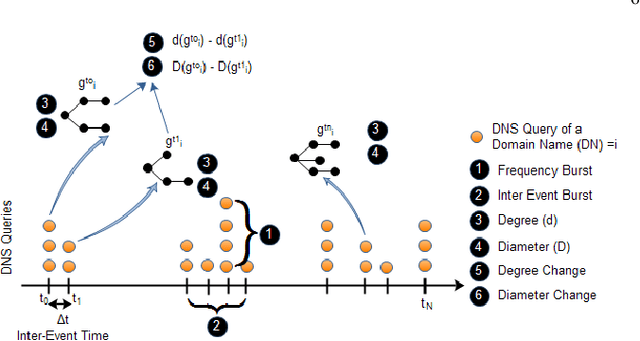
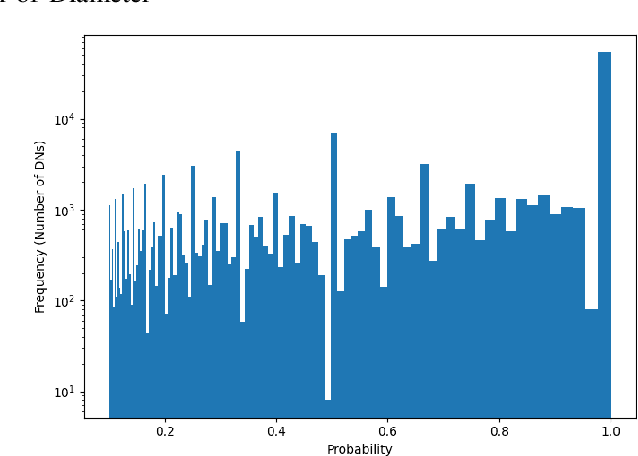
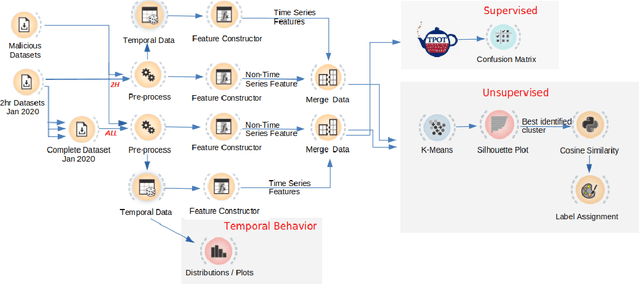

Abstract:The rise in the adoption of blockchain technology has led to increased illegal activities by cyber-criminals costing billions of dollars. Many machine learning algorithms are applied to detect such illegal behavior. These algorithms are often trained on the transaction behavior and, in some cases, trained on the vulnerabilities that exist in the system. In our approach, we study the feasibility of using metadata such as Domain Name (DN) associated with the account in the blockchain and identify whether an account should be tagged malicious or not. Here, we leverage the temporal aspects attached to the DNs. Our results identify 144930 DNs that show malicious behavior, and out of these, 54114 DNs show persistent malicious behavior over time. Nonetheless, none of these identified malicious DNs were reported in new officially tagged malicious blockchain DNs.
 Add to Chrome
Add to Chrome Add to Firefox
Add to Firefox Add to Edge
Add to Edge